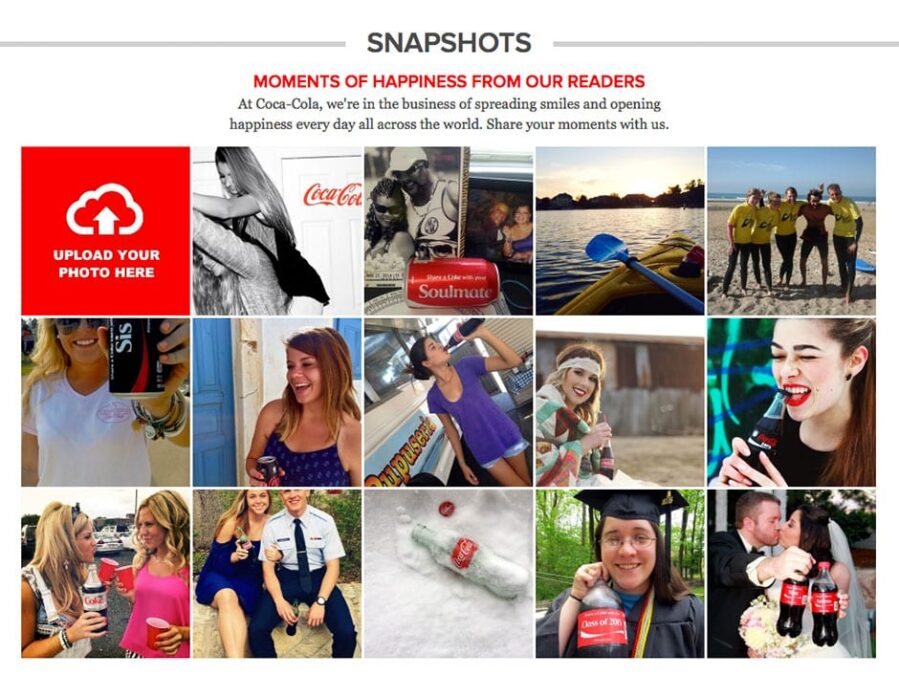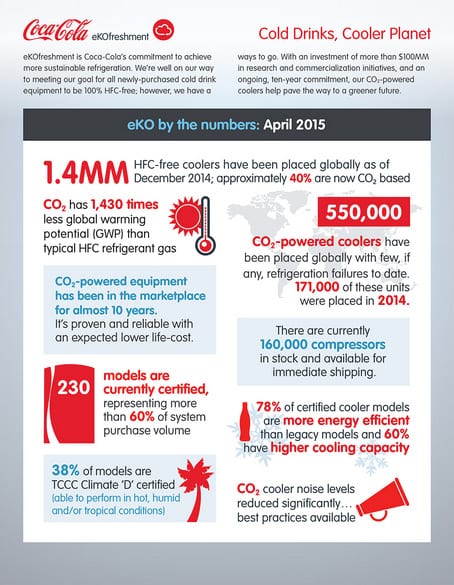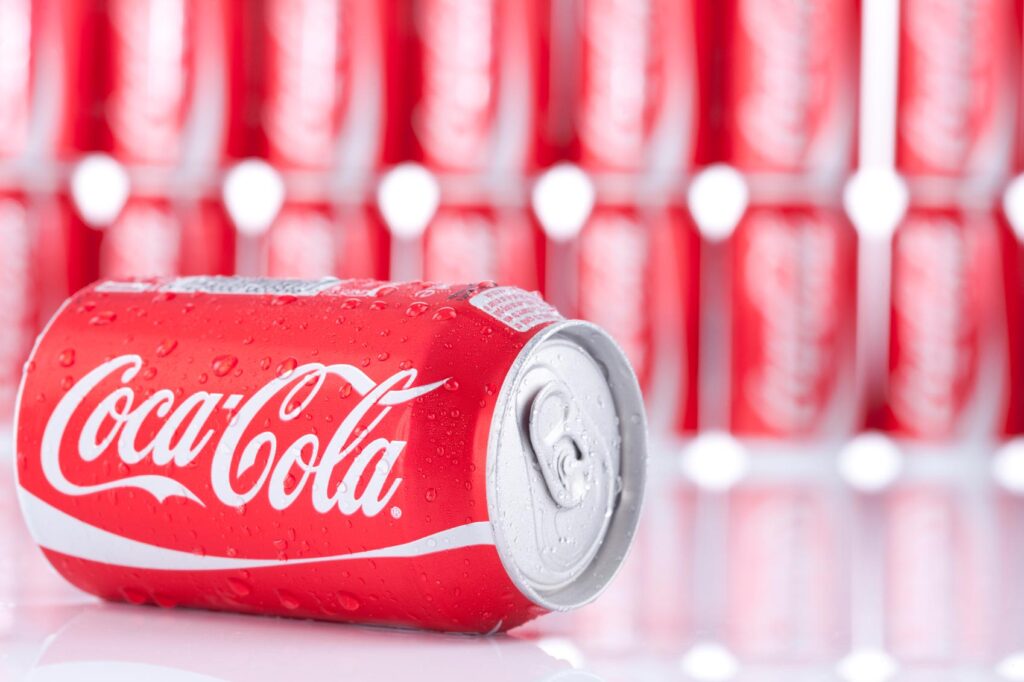It’s tough to have a conversation about brand journalism—or brand storytelling—without mentioning Coca-Cola Journey, the cola company’s global content hub.
According to Jay Moye, the digital magazine’s editor-in-chief, Coca-Cola Journey is a destination for smart, fun insightful content. The site tells Coca-Cola’s story through quality journalism. (Turns out having a journalism degree while working for a content marketing agency isn’t useless after all.)
The site features behind-the-scenes stories and articles that celebrate Coca-Cola’s past, present and future. The team of seasoned writers produces 12 to 15 pieces of original content every week, covering food, culture, style, sports and well-being, as well as innovation, careers and corporate initiatives at Coca-Cola. Site writers craft feature stories of between 500 and 1,500 words, which are usually paired with large hero images or graphics. Journey’s mission, Moye says, is threefold:
- To deliver content that makes a difference for the business;
- To build brand love and corporate trust;
- And to lead the conversation.
“Our responsibly is to consistently rethink how we communicate about our company,” Moye says. The Journey staff uses data to fuel its editorial calendar, and social media to power their message. The content site is a rebranding of Journey, a popular, photo-heavy internal tabloid-sized publication for employees and stakeholders in the 1980s. Considered ahead of its time, the site was resurrected in 2012. Since then, Coca-Cola Journey has been not only the company’s publishing arm but also the landing page of coca-colacompany.com. It’s been viewed nearly 102 million times, and receives roughly 1.5 million visitors monthly. About 75 per cent of Coca-Cola Journey’s content connects back to the company’s products. So how does Journey find these great stories?
They Bring Coca-Cola’s Milestones to Life
Take the 100th anniversary of the Coke bottle, Moye says. Coke turned a single-day event into a yearlong campaign, and Coca-Cola Journey featured a story about sea glass highlighting the bottle’s unique attractiveness to sea glass collectors.
They Tap Into Pop Culture
The Journey story “Grateful Red” — which Moye, a graduate of the University of North Carolina at Chapel Hill’s journalism school, wrote — chronicled the unlikely connection between the Grateful Dead and Coca-Cola. The Dead used a former Coca-Cola building in Novato, California, as its headquarters there until 2003.
They Put the Human Story Into Human Resources
The 2015 #ShareACoke campaign played a role in one employee’s marriage proposal. #ShareACoke also inspired some craziness here @pacecomm, too, thanks to me.
They Let User-Generated Content Play Its Part
Journey knows the value of user-generated content, and puts it front and center. Check out the snapshot gallery of images posted across web by Coke fanatics. And let’s be honest: there’s nothing cooler than seeing your #ShareACoke selfie featured on the Coca-Cola Journey website!

They Use Video in Nontraditional Ways
Journey uses video to tell the stories that aren’t being told through traditional marketing channels, Moye says. He shared, as one example, a video of business magnate Warren Buffett serenading a glass-bottle Coke. (Hilarious!)
They Spotlight Internal Talent
Artist Steve Penley has an interesting success story.
They Use Infographics to Feature Corporate Initiatives
Nothing makes numbers easier to digest than an infographic, like this one:

But Journey also does not rest on an if-you-build-it-they-will-come digital strategy. Journey keeps abreast of trending topics and popular conversations across social platforms and uses these insights to either refresh previously produced assets or create something new. And they use advertisements and paid social media posts to spread the word about their content.
Telling the right story at the right time is Journey’s formula for success. That’s the moment when “great content mashes up with a real-time event,” Moye says, as he cites the series finale of Mad Men as an example. The last moments of the final episode tapped into Coke’s popular “I’d like to buy the world a Coke…” 1970s spot, known around the world. In the days leading up to the finale, as there was buzz about Coke’s possible role in Mad Men’s final storyline, the Journey staff found itself dusting off a 2012 story about the making of that commercial to appease organic Internet searches. Meanwhile, it began crafting complementary content to accompany the older piece, to be revealed not a moment sooner than it was blessed for them to do so.
For Journey, there isn’t a straight line from content to product sales. Instead, their return on investment is based on a proprietary expressions of interest. Every piece of content Journey creates is measured this way—essentially a mix of page views, social shares, organic searches and other performance metrics.
The Mad Men package resulted in 170,000 visits to the Journey site. Is there any doubting the brand love there?



